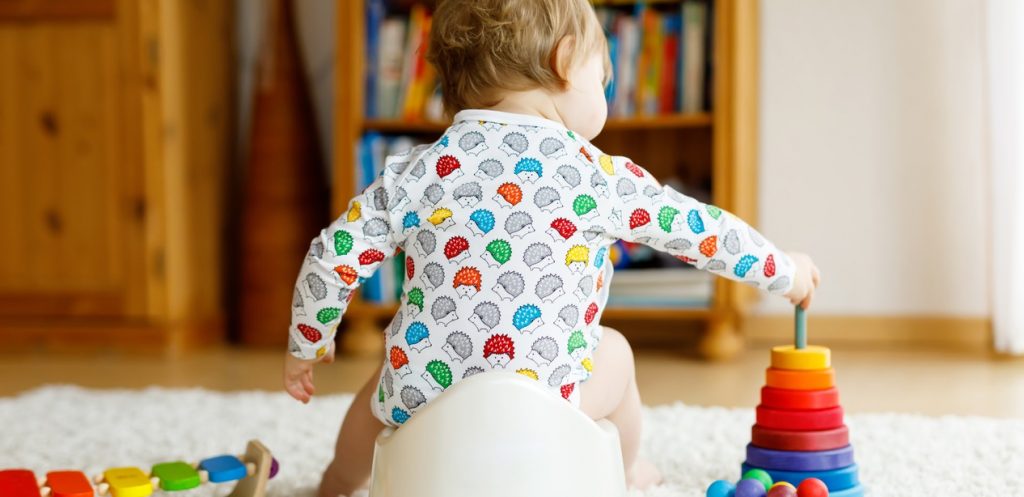For busy moms, potty training can be stressful and time-consuming. Whether you choose to potty train your child as soon as 18 month. Or wait for a few months later. Keep in mind that learning to use the toilet by themselves is one of the biggest steps into adulthood!
Busy moms and potty training
As two working moms, we’ve been through this journey with our boys, and it wasn’t easy! Reading through books, blogs or even following past generation advice can be overwhelming. At some point, it might push you to delay this milestone all together even when your child is willing and fully ready!
But know that your child is unique to you, and as a mom, you will decide when and how to train your little one. There’s no right or wrong way. While you might commit to seat your toddler to potty every 30 minutes others may prefer to follow the 3-day method or even the toddler lead method. Embrace your new responsibility with joy and patience to avoid having your child battle potty time.
Know when you are ready
Before, knowing your child’s’ readiness sign, make sure that you are ready and prepare yourself by getting into the mindset and being mentally committed through the ups, and the downs. A lot of love and patience goes into guiding your child as they acquire the confidence needed to accomplish this task and succeed on their own.
The best thing to do is to set a date and clear your schedule. Whether it’s during the winter break, at your house or your in-laws, make sure you are in your comfort zone, with all your child clothes, potty, shower, baby essentials and your own personal belongings at hand at all times – accidents are bound to happen frequently so be prepared!
Prepare your child beforehand
Imagine yourself applying for a new position or planning a trip? Wouldn’t you feel more at ease and confident in venturing into your new task after searching the company website or googling a destination? The same applies to your child. Children tend to be more cooperative when they know what is expected of them. They feel safe and secure, even excited when they are emotionally prepared.
Some children tend to get emotionally attached to their body parts, such as nails, hair or poop. They don’t understand that it is better to get rid of these parts and that doing so is not painful.
That’s why diet plays a much bigger role in potty training than you think. What goes in, must come out, and certain foods make eliminating much more difficult and may cause pain which may scare your child from even trying again. Therefore, consider offering your child a high fiber diet to avoid constipation: apples, pears, peas, oranges, broccoli, brown rice, prunes, oatmeal and artichokes are good examples
At first, let your toddler observe family members using the bathroom as part of everyday life while explaining proper hygiene and bathroom routine.
It’s the same as demonstration brushing your teeth on putting on your shoes. Allow your child to play
around by getting on and off the toilet, even flushing as some children tend to develop a fear due to the loud noise. Having their own little potty can also help normalize the process.
And finally you can enjoy story time by reading a few books about potty training to get your child excited in learning about the process in a fun way
Look for the early signs
Each child is unique and potty training differs from one family to another. However, there are obvious signs of readiness to keep an eye on such as
-Showing interest in others use of the potty or imitating their behavior.
-Telling you that they have pooped or peed in their diaper especially if they are demonstrating any signs of discomfort.
-Hiding to poop or pee.
Our best advice is to be patient and supportive of your child. He or she will get the hang of it and outgrow diapers soon or later. Good luck
Check out Family outings during a pandemic!






